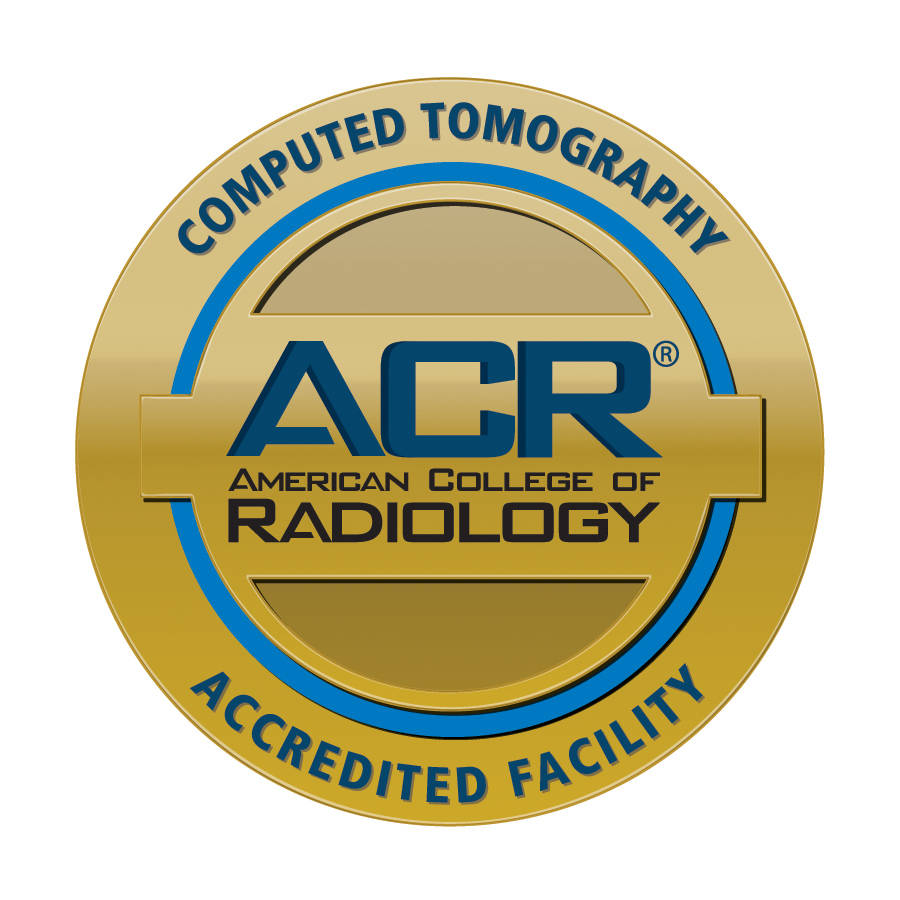In the ever-evolving landscape of medical diagnostics, technology continues to play a pivotal role in enhancing our understanding of the human body. Among the various imaging modalities, ultrasound stands out as a versatile and non-invasive tool that has revolutionized diagnostic medicine. Beyond its widely known application in pregnancy scans, ultrasound has proven to be an invaluable resource across a spectrum of medical specialties, allowing physicians to delve beyond the surface and uncover intricate details for more accurate diagnoses.
Ultrasound imaging, also known as sonography, utilizes high-frequency sound waves to create real-time images of the internal structures of the body. Unlike X-rays or CT scans, ultrasound does not involve ionizing radiation, making it a safer option for both patients and healthcare professionals. The basic principle involves the emission of sound waves by a transducer, which then captures the echoes produced as the waves bounce back from different tissues, organs, or structures.
While ultrasound is widely recognized for its role in monitoring fetal development during pregnancy, its applications extend far beyond obstetrics. In prenatal care, ultrasound helps assess the baby's growth, identify potential abnormalities, and determine the position of the fetus. Beyond pregnancy, ultrasound proves invaluable in various medical fields, such as cardiology, gastroenterology, and musculoskeletal imaging.
Cardiovascular diseases remain a leading cause of mortality worldwide, underscoring the importance of accurate and timely diagnosis. Ultrasound has emerged as a key player in cardiovascular imaging, providing a non-invasive means to visualize the heart's structure and function. Echocardiography, a specialized ultrasound technique for the heart, allows clinicians to assess cardiac chambers, valves, and blood flow, aiding in the diagnosis of conditions such as heart failure, valvular diseases, and congenital heart defects.
Ultrasound's ability to penetrate deep into tissues makes it particularly useful in imaging abdominal and gastrointestinal structures. It is routinely employed to assess liver and gallbladder conditions, detect kidney abnormalities, and diagnose gastrointestinal disorders. In hepatology, ultrasound helps evaluate liver cirrhosis, fatty liver disease, and detect hepatic tumors. Additionally, it aids in diagnosing gastrointestinal conditions like inflammatory bowel disease, providing a radiation-free alternative to other imaging modalities.
Traditionally, musculoskeletal imaging relied on X-rays and magnetic resonance imaging (MRI). However, ultrasound has emerged as a valuable complement, offering real-time visualization of muscles, tendons, ligaments, and joints. This makes it an essential tool for diagnosing sports injuries, arthritis, and other musculoskeletal disorders. The dynamic nature of ultrasound allows for assessments of joint movements, aiding in the identification of conditions such as rotator cuff tears, carpal tunnel syndrome, and tendonitis.
Beyond diagnostic imaging, ultrasound plays a crucial role in guiding interventional procedures. Physicians use ultrasound to visualize the target area in real-time, enhancing the precision of procedures such as biopsies, drainage of fluid collections, and injections. This reduces the need for invasive surgeries and shortens recovery times, contributing to improved patient outcomes.
Recent advancements in ultrasound technology have further expanded its capabilities. 3D and 4D ultrasound provide detailed three-dimensional images, offering enhanced visualization for both diagnostic and therapeutic purposes. Contrast-enhanced ultrasound (CEUS) involves injecting microbubbles into the bloodstream, improving the visibility of blood vessels and enhancing the assessment of certain conditions.
While ultrasound has proven to be a versatile and invaluable diagnostic tool, it is not without challenges. Image quality may be affected by factors such as obesity or the presence of air in the gastrointestinal tract. Additionally, operator dependence can influence the accuracy of ultrasound examinations. Ongoing research focuses on overcoming these challenges and exploring new applications, such as molecular ultrasound imaging, which holds promise for detecting specific molecular markers associated with diseases.
Connect with us to learn more about how the AV Imaging team can help!

